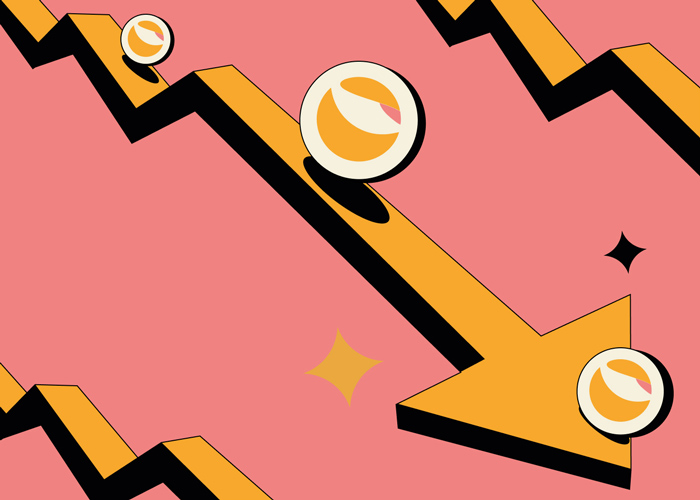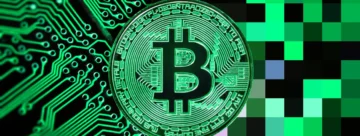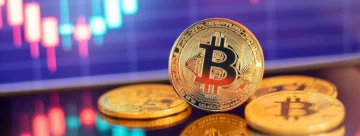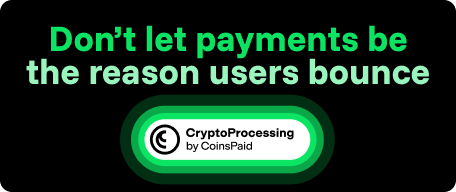The LUNA Collapse and UST Losing its Dollar Peg: What Other Problems Could Stablecoins Face in the Near Future?

It should be understood that the DAI stablecoin has existed on the market since 2017. Its peg to the dollar is secured by over-collateralization with other cryptocurrencies (mostly ETH): to get $100 in DAI, the investor needs to provide ETH for $150. Here, $50 is locked in case the value of the deposited cryptocurrency starts to plummet. Thanks to this mechanism, there is always enough money in DAI to secure the rate.
Scientists Develop Electricity Stablecoin
Acala, a Polkadot-based project, has created an algorithmic stablecoin aUSD that also uses over-collateralization. Judging by recent comments from the developers, the project is more than confident in its choice after what happened to UST. In addition, shortly before UST collapsed, we saw the difficulties of USDN (Neutrino USD, a stablecoin by Waves), whose value momentarily dropped to $0.77. By now, it has already recovered. USDN is an algorithmic stablecoin based on the network’s native token, whose peg to the dollar exchange rate is maintained by burning and creating new WAVES coins. In other words, if the developers have created an adequate working mechanism for the coin, it is less likely to collapse.
On the other hand, we have stablecoins backed by dollars and securities denominated in US currency. They are issued by private, centralized firms that monitor reserves and hire third-party auditors so that users can be assured of the coins’ reliability. USDC by Circle and Coinbase is more transparent than USDT by Tether, which is not as active in sharing information about its reserves. However, despite all the criticism, USDT remains the most popular instrument, and its crash will be quite a hit to the entire crypto market. Nevertheless, there is no reason to panic: like all other top stablecoins, USDT looks sustainable and its future is bright. Unlike their decentralized counterparts, these stablecoins can be locked in user accounts at the request of their issuers. The stability of the exchange rate runs the risk of being locked.
Market Makers: Who, What, and Why?
Keep in mind that the cryptocurrency market is a field of experimentation. Only by trial and error can something unique and useful be created. Investors should always be as skeptical as possible about anything new and take all risks into account. In the light of recent events, I would like to give some advice: do not try to catch a falling knife hoping for a price movement to end soon. The temptation to buy the coins of a struggling project is overwhelmingly high, because we all know the stories of successful purchases of assets that have rapidly fallen in price and then rebounded. But the risks of a project’s complete collapse, especially in the crypto market, are still quite tangible. It is better to focus on reliable projects that have lost value along with the rest of the market rather than due to their own shortcomings.










